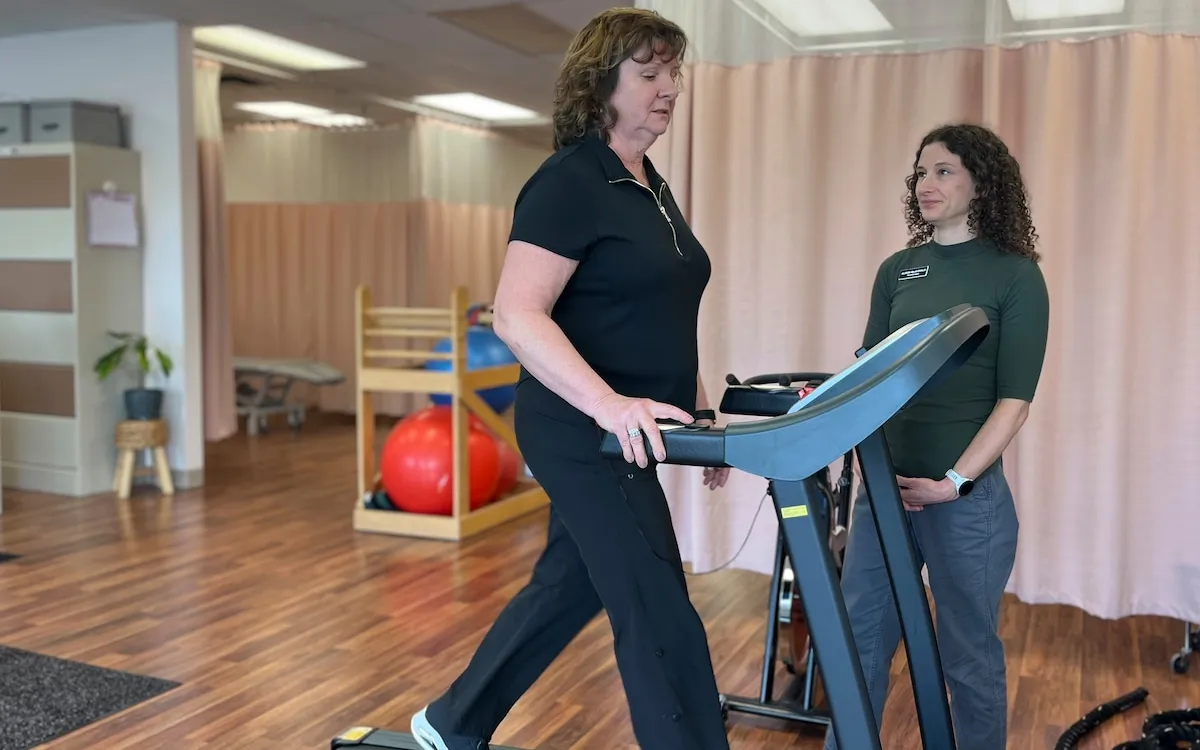
A groundbreaking international study has revealed that a three-year structured exercise program significantly enhances survival rates for patients diagnosed with colon cancer and helps keep the disease at bay. This pioneering research, which marks the first of its kind, has prompted experts to advocate for the integration of exercise coaching as a standard component of care for colon cancer survivors. Until such measures are adopted, patients are encouraged to increase their physical activity following treatment, contributing positively to their recovery and reducing the risk of cancer recurrence.
“This is an extremely exciting study,” remarked Dr. Jeffrey Meyerhardt from the Dana-Farber Cancer Institute, who was not directly involved in the research. Meyerhardt noted that this research is the first randomized controlled trial demonstrating a link between exercise and reduced cancer recurrences, alongside improved survival rates. Previous studies primarily relied on comparisons between active and sedentary individuals, a methodology that does not establish a definitive cause-and-effect relationship.
The study, conducted across various countries including Canada, Australia, the United Kingdom, Israel, and the United States, involved a comparison between participants randomly assigned to an exercise program and those who received only an educational booklet regarding fitness and nutrition. “This is about as high a quality of evidence as you can get,” stated Dr. Julie Gralow, the chief medical officer of the American Society of Clinical Oncology. She expressed her enthusiasm for the study, highlighting that it supports her long-standing advocacy for exercise as a vital element in cancer recovery.
The findings were presented during the American Society of Clinical Oncology's annual meeting in Chicago and subsequently published in the prestigious New England Journal of Medicine. The research was funded by academic institutions in Canada, Australia, and the U.K., focusing on 889 patients diagnosed with treatable colon cancer who had completed their chemotherapy regimen. Participants were divided into two groups: one half received basic information on fitness and nutrition, while the other half engaged in structured coaching sessions. These sessions included bi-weekly meetings for the first year, followed by monthly check-ins for the subsequent two years, during which coaches assisted participants in incorporating physical activity into their daily routines.
Among those who benefited from the program was Terri Swain-Collins, a 62-year-old resident of Kingston, Ontario. She opted to walk for approximately 45 minutes several times a week as part of her exercise regimen. “This is something I could do for myself to make me feel better,” Swain-Collins shared. The ongoing support from her coach played a crucial role in maintaining her motivation and accountability. “I wouldn’t want to go there and say, ‘I didn’t do anything,’ so I was always doing stuff and making sure I got it done,” she added.
After eight years of follow-up, the participants enrolled in the structured exercise program exhibited not only increased activity levels compared to the control group but also a remarkable 28% reduction in cancer incidences and a 37% decrease in overall mortality rates. While there were reports of mild muscle strains and related issues within the exercise group, the overall findings were overwhelmingly positive. “When we saw the results, we were just astounded,” commented Dr. Christopher Booth, a study co-author and cancer doctor at Kingston Health Sciences Centre.
Booth noted that implementing such exercise programs can be achieved at a cost of several thousand dollars per patient, representing a remarkably affordable intervention that not only enhances well-being but also decreases cancer recurrence and extends patient longevity. Researchers are currently analyzing blood samples from participants to uncover the mechanisms linking exercise to cancer prevention, exploring factors such as insulin processing and immune system enhancement.
Despite the conclusion of her coaching program, Swain-Collins has continued her exercise journey, often listening to music while walking in the scenic countryside near her home. According to Kerry Courneya, another co-author and an exercise and cancer expert at the University of Alberta, lasting behavior changes can occur when individuals recognize the benefits of exercise, find enjoyment in their activities, and engage with supportive social networks. “Now we can say definitively exercise causes improvements in survival,” Courneya affirmed, providing new motivation for cancer patients to prioritize physical activity in their recovery plans.